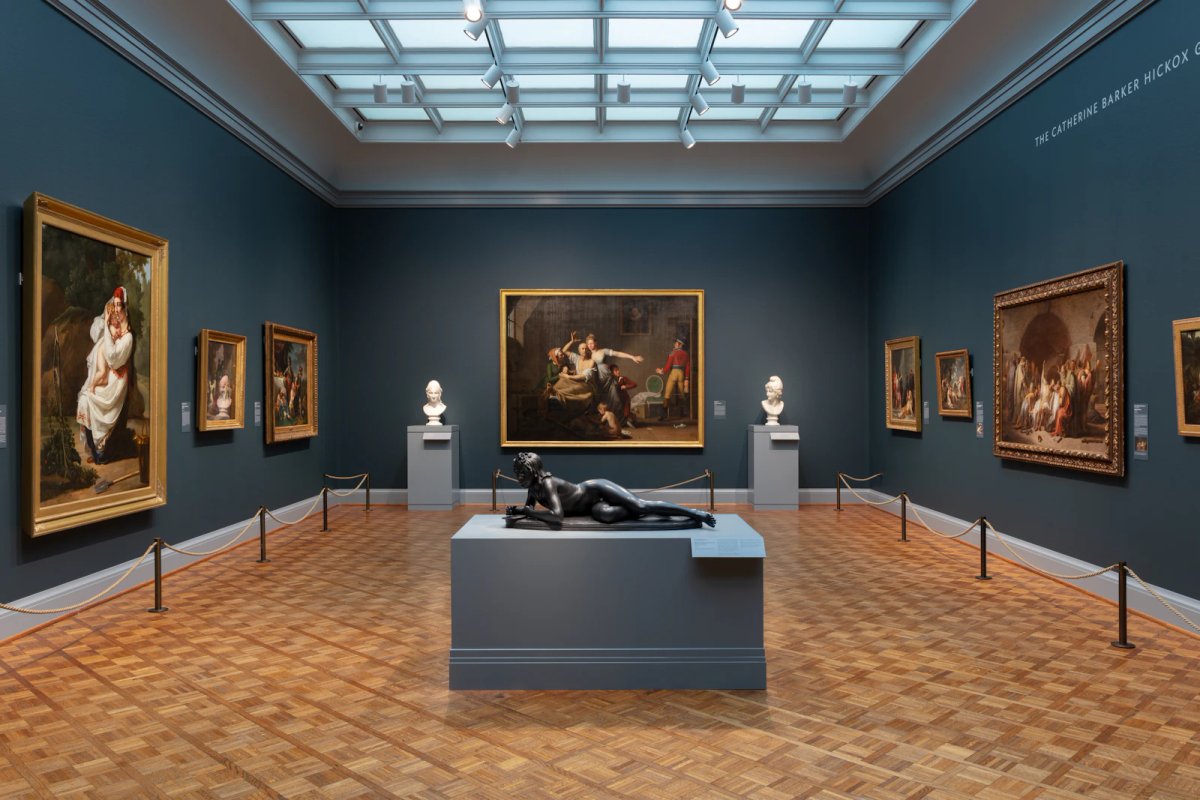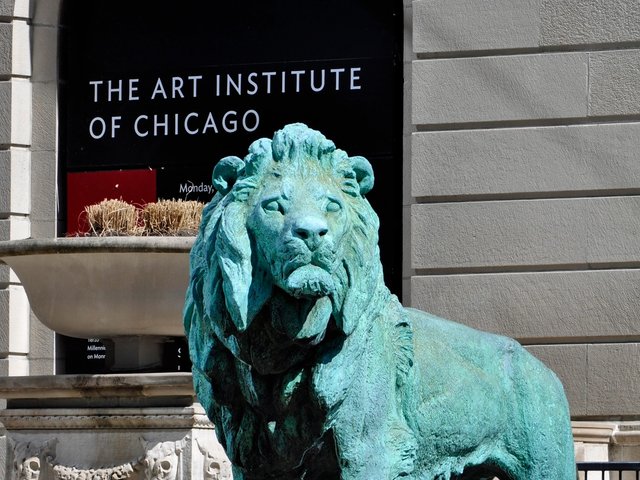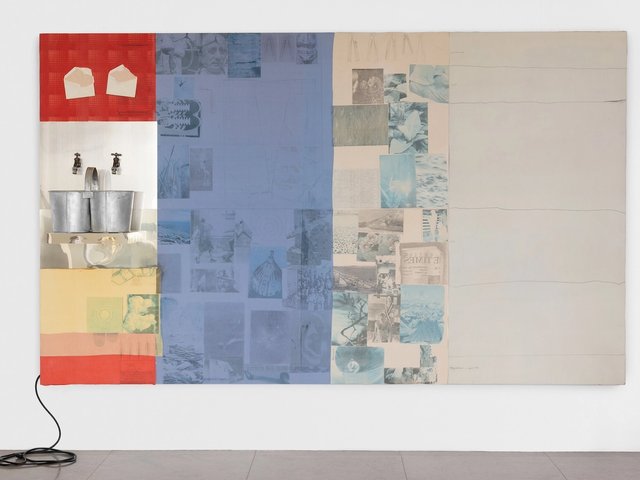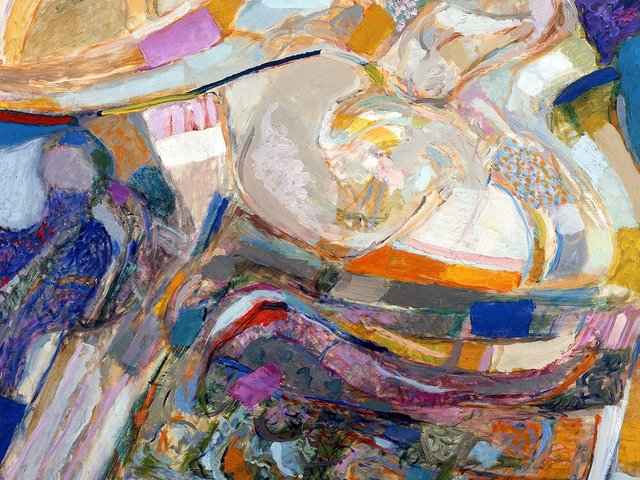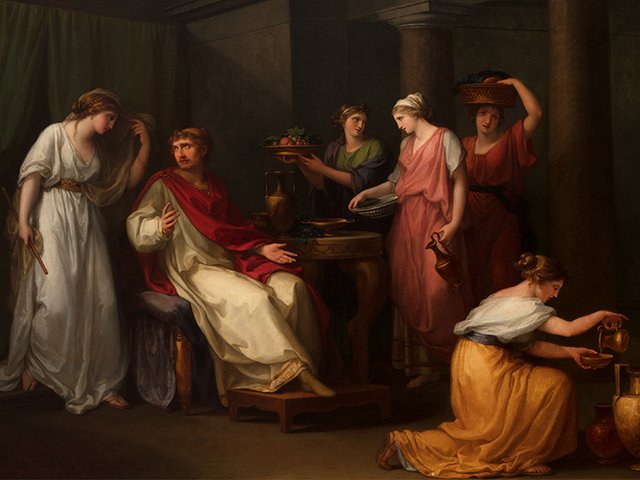The Art Institute of Chicago (AIC) has received a massive gift of French art from the collectors Jeffrey and Carol Horvitz. Comprised of almost 2,000 drawings, 200 paintings and 50 sculptures by legendary artists like Jacques-Louis David and François Boucher, the donation reflects the scope and depth of the Horvitz collection, renowned as the largest privately held trove of French Old Master works in the US.
The collection, amassed over four decades by Jeffrey Horvitz, a private investor, tracks French history and culture over the course of 300 years, spanning pieces from the 16th to the 19th century. While Rococo and Romantic artists do feature, the primary genre represented is Neo-Classissm, a movement that emerged in the mid-1800s as a morality-focused response to the excesses of its predecessors, drawing inspiration from classical Greco-Roman forms.
“We are so grateful to Jeffrey and Carol for this impactful gift,” James Rondeau, the AIC's president director, said in a statement. “Their continued support and passion for the museum is truly special, not only because it will allow millions of visitors to experience a fuller story of French art, but also because their generous financial support of the ongoing care and research of this collection will allow us to continue advancing our broader mission.”
The gift arrives on the heels of two exhibitions at the museum drawn from the Horvitzes' collection—French Neoclassical Paintings from The Horvitz Collection and Revolution to Restoration: French Drawings from The Horvitz Collection—both of which closed last month. The Horvitzes have also committed to “phased financial gifts” to ensure ongoing conservation, staffing and research for the collection; while exact figures have not been disclosed, the museum expects that these funds will constitute “one of the largest financial gifts in the history of the Art Institute”.
In a statement, Jeffrey Horvitz said: “We have always envisioned this collection remaining as a whole in order to be more than the sum of its parts, and for it to go to a major American museum where the most visitors can experience these artistic treasures, where scholars and curators can avail of the resources and advance this important research, and where our enthusiasm will resonate long after we are gone. We spent years thinking about where the collection should ultimately go—there was no more perfect choice than the Art Institute.”


